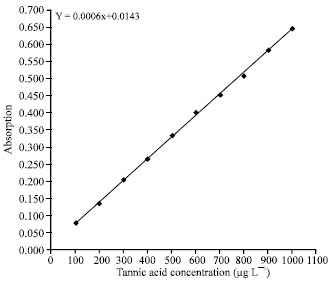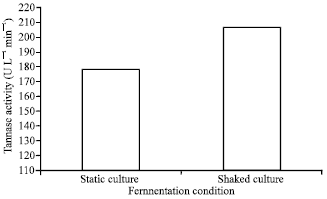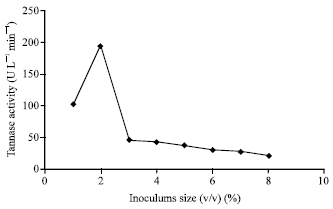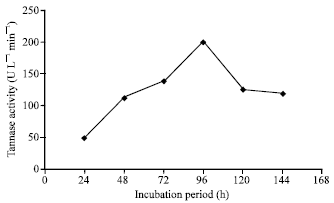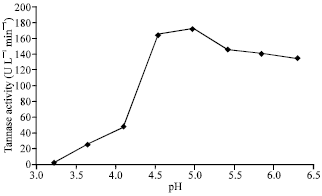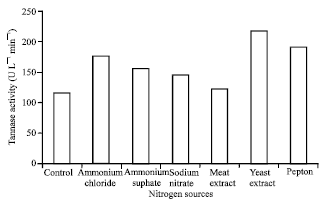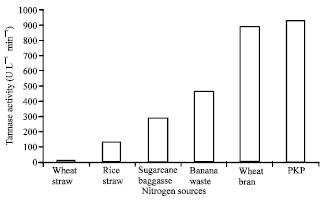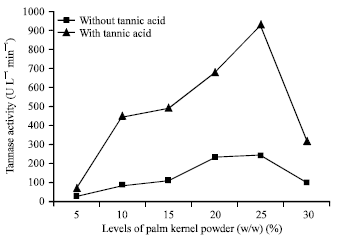Research Article
Production of Tannase by Aspergillus niger From Palm Kernel
Department of Dairy Science, National Research Center, Dokki, Giza, Egypt
A.M. Abd El Tawab
Department of Dairy Science, National Research Center, Dokki, Giza, Egypt
A.M. Kholif
Department of Dairy Science, National Research Center, Dokki, Giza, Egypt
S.A. Abo El-Nor
Department of Dairy Science, National Research Center, Dokki, Giza, Egypt
O.H. Matloup
Department of Dairy Science, National Research Center, Dokki, Giza, Egypt
M.M. Khorshed
Department of Animal Production, Faculty of Agriculture, Ain shams University, Cairo, Egypt
H.M. El-Sayed
Department of Animal Production, Faculty of Agriculture, Ain shams University, Cairo, Egypt









